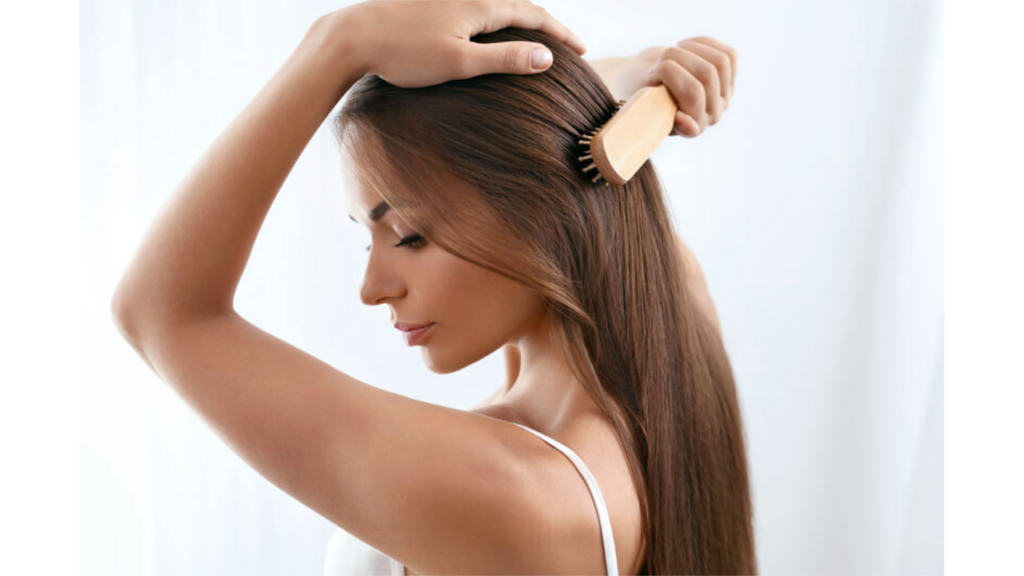
Finding the right treatment for hair loss can be a challenging journey, leaving both patients and doctor searching for answers. In the quest for an ideal solution, questions arise: What treatments are truly effective, safe, affordable, and easy to use? Let’s delve into the world of hair loss treatment and explore the options available!
Effectiveness
When sorting through the maze of treatments with nearly two dozen medical treatments for androgenetic alopecia (AGA), it’s crucial to identify which ones truly work. Determining the effectiveness of a treatment involves answering three fundamental questions:
1) Does the treatment genuinely help AGA patients?
2) How effective is the treatment?
3) How safe is it?
Confirming a treatment’s efficacy isn’t always straightforward. For instance, oral finasteride may not be effective for female AGA at a 1 mg dose, but it could show benefits at higher doses. The gold standard for evaluating a treatment’s effectiveness is well-conducted, randomized, double-blind, placebo-controlled studies. Topical minoxidil, oral finasteride, and oral dutasteride have the highest-quality evidence for male AGA, while topical minoxidil shines for female AGA.
Evaluating Effectiveness
Patients are keen to know whether a treatment can significantly restore hair density. Advanced statistical methods, such as network meta-analysis, offer insights into how different treatments compare. Studies suggest that oral dutasteride, oral finasteride, and oral minoxidil show varying levels of effectiveness for male AGA. Similarly, oral finasteride, minoxidil solution, and minoxidil foam demonstrate effectiveness for female AGA.
Considerations for Treatment
Several factors must be considered when evaluating AGA treatments:
1) Study Quality: Not all studies provide reliable evidence.
2) Long-Term Data: Limited data on long-term treatment effects are available.
3) Patient Response: Treatments may help specific patient subgroups, with varying degrees of success.
Safety Concerns
Choosing a treatment also hinges on safety considerations. Topical treatments generally have fewer adverse effects than oral therapies. However, long-term safety data for many hair-loss therapies remain scarce.
Practical Recommendations
For Male AGA: Consider topical minoxidil, oral finasteride, and oral dutasteride as first-line options, with low-level laser, PRP, oral minoxidil, and topical finasteride as second-line choices.
For Premenopausal Females with AGA: Topical minoxidil and spironolactone are recommended as first-line options, with low-level laser, PRP, oral minoxidil, and oral contraceptives as helpful second-line choices.
For Postmenopausal Females with AGA
Topical minoxidil, spironolactone, and oral finasteride are suggested as first-line options, with low-level laser, PRP, oral minoxidil, and oral dutasteride as second-line choices.
Conclusion
In the pursuit of effective hair loss treatments, understanding the nuances of available options, considering individual factors, and engaging in shared decision-making can lead to personalized and successful treatment plans.
.
Follow us on Facebook for more tips on health and wellness every week.
.
For information on procedures and wellness, visit our collection of free, downloadable eBooks